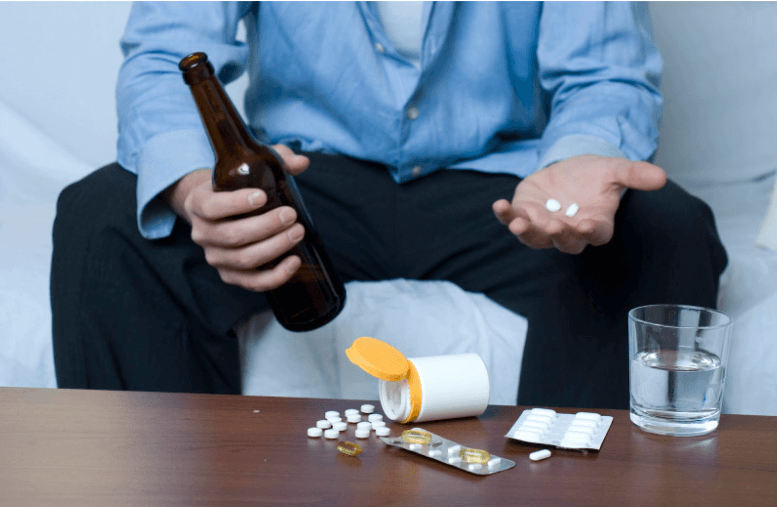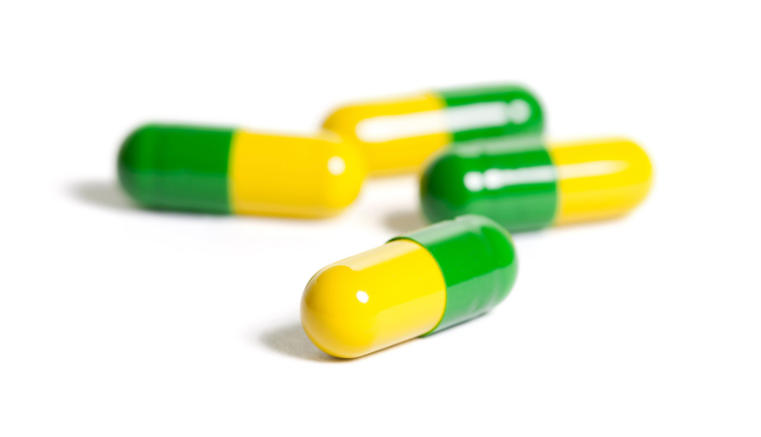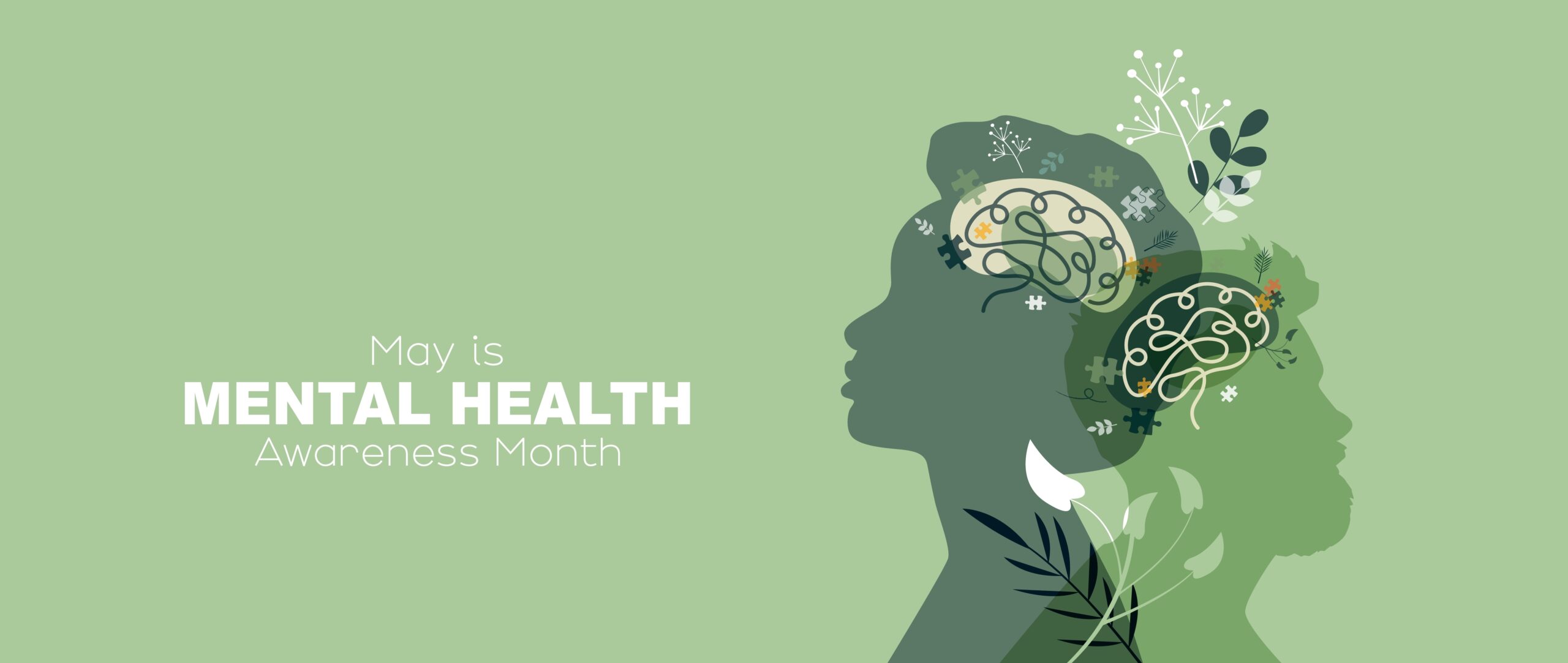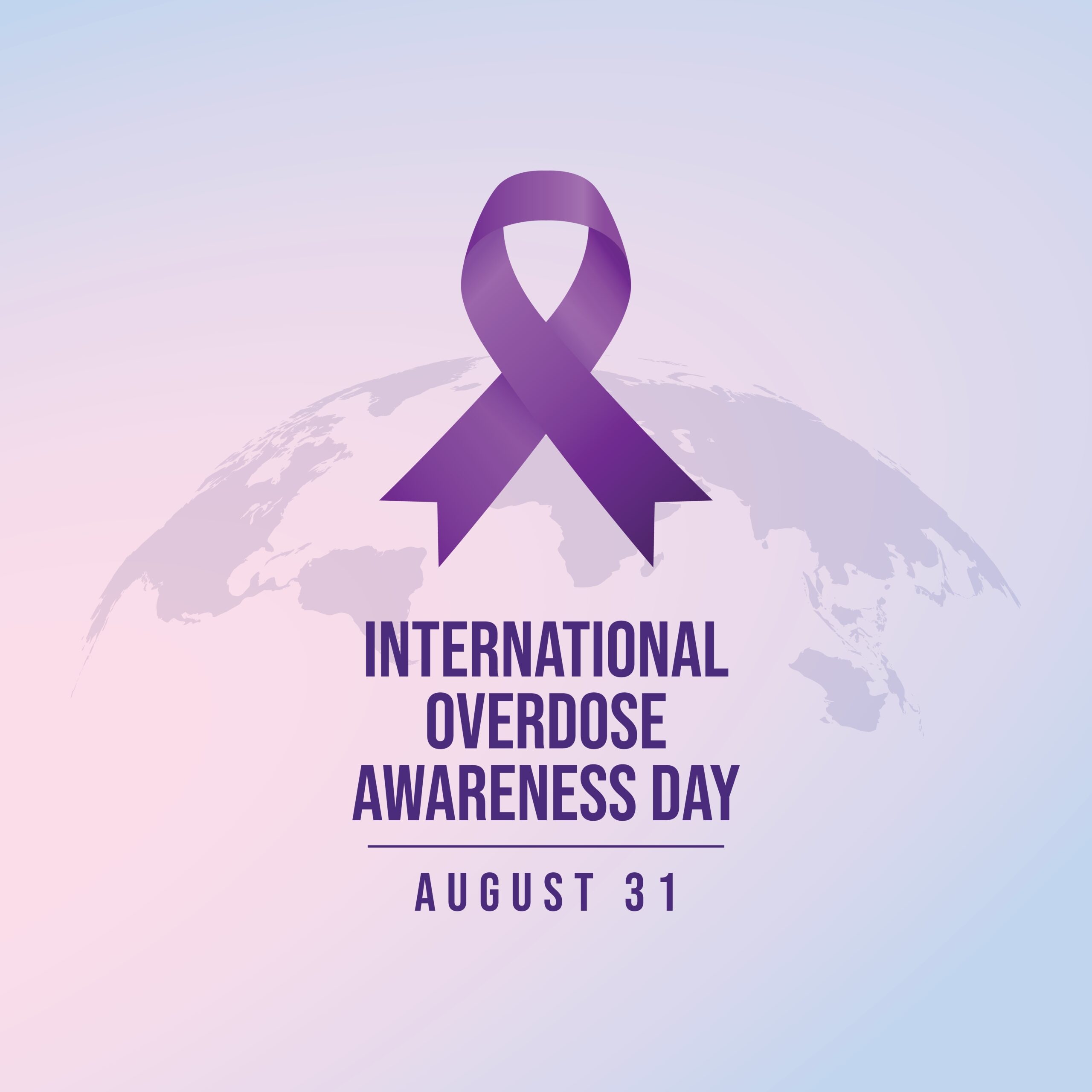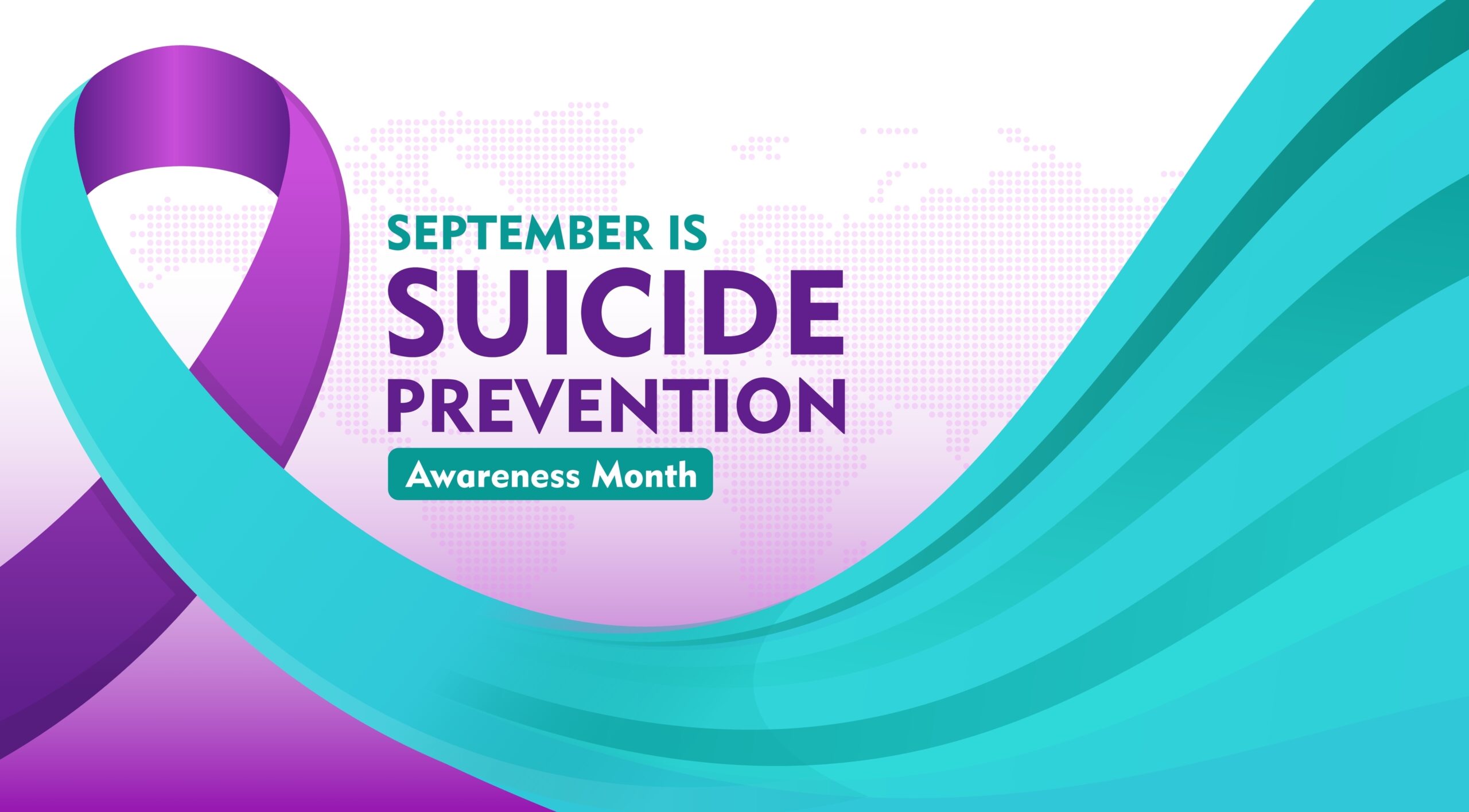Let’s begin by exploring the fundamental question, “What is a Substance Use Disorder?” We will identify the most common types of substance use disorders, list out the signs that indicate a problem, and outline the hopeful path toward substance use recovery. Our goal at Aspire Recovery Center of Frisco is not just to treat these conditions but to educate our community, break down stigmas, and illuminate the road to a healthier, more fulfilling life. The journey begins with knowledge.
What is Substance Use Disorder?
To effectively support those who are struggling, it is crucial to understand exactly what is a Substance Use Disorder (SUD). The term, defined in the Diagnostic and Statistical Manual of Mental Disorders, Fifth Edition (DSM-5), represents a significant shift from older, more stigmatizing labels like “abuse” or “addiction.” A Substance Use Disorder is a treatable medical condition characterized by a cluster of cognitive, behavioral, and physiological symptoms indicating that an individual continues using a substance despite significant substance-related problems.
It’s not a matter of willpower or moral character. Substance Use Disorders are complex brain disorders. Prolonged substance use can physically alter brain structures and functions, particularly in areas critical to decision-making, reward, stress response, and self-control. These changes can persist long after a person stops using the substance, which explains why recovery requires more than just good intentions.
A diagnosis is made based on a set of 11 criteria, which can be grouped into four main categories:
- Impaired Control: This includes using the substance in larger amounts or for longer than intended, having a persistent desire to cut down but being unsuccessful, spending a great deal of time obtaining or using the substance, and experiencing intense cravings.
- Social Impairment: The substance use causes a failure to fulfill major role obligations at work, school, or home. Social, occupational, or recreational activities may be given up or reduced because of use.
- Risky Use: This involves recurrent substance use in situations where it is physically hazardous (like driving) and continuing use despite knowing it is causing or exacerbating physical or psychological problems.
- Pharmacological Criteria: This includes tolerance (needing more of the substance to achieve the desired effect) and withdrawal (experiencing characteristic symptoms when use is stopped or reduced).
The severity of the Substance Use Disorder is determined by the number of criteria met: Mild (2-3 criteria), Moderate (4-5 criteria), and Severe (6 or more criteria). Recognizing Substance Use Disorders as a medical illness is the first step in providing effective, compassionate, and science-based substance use treatment.
What Is the Most Common Type of Substance Use Disorder?
When people ask, “What is the most common type of Substance Use Disorder?” the answer, by a significant margin, is Alcohol Use Disorder (AUD). Due to its legal status and widespread social acceptance, alcohol is one of the most commonly used substances globally. This accessibility contributes to its high rates of problematic use. According to the National Institute on Alcohol Abuse and Alcoholism (NIAAA), millions of adults and adolescents in the United States meet the criteria for an AUD.
However, while AUD is the most prevalent, it is far from the only concern. The current overdose crisis is largely driven by another category: Opioid Use Disorder (OUD). Let’s explore some of the most common types of Substance Use Disorders that we see and treat.
Alcohol Use Disorder (AUD)
Alcohol is a central nervous system depressant that can cause significant impairment. Chronic, heavy use can lead to serious health consequences, including liver disease, heart problems, pancreatitis, and an increased risk of certain cancers. An AUD can range from mild binge drinking patterns to severe physical dependence, impacting every facet of a person’s life. Effective substance use treatment for AUD often involves a combination of behavioral therapies, mutual support groups, and sometimes medications to help manage cravings and withdrawal.
Opioid Use Disorder (OUD)
Opioids include illegal drugs like heroin as well as powerful prescription medications like oxycodone, hydrocodone, and morphine. The rise of synthetic opioids, particularly illicitly manufactured fentanyl, has dramatically increased the number of overdose deaths. Fentanyl is 50 to 100 times more potent than morphine, and incredibly small amounts can be lethal. OUD is characterized by an overwhelming compulsion to use opioids, leading to devastating personal and societal consequences. Effective substance use treatment programs for OUD often utilize medication-assisted treatment (MAT) alongside intensive therapy and counseling.
Stimulant Use Disorder
This category includes substances like cocaine, methamphetamine (meth), and prescription stimulants (e.g., Adderall, Ritalin). These drugs increase alertness, attention, and energy. However, they also carry a high potential for misuse and can lead to severe cardiovascular, psychological, and neurological problems. Treatment for stimulant use disorder primarily relies on behavioral therapies like Cognitive Behavioral Therapy (CBT) and contingency management, which have proven effective in helping individuals achieve and maintain abstinence. Finding the right substance use treatment centers that specialize in this area is key.
Cannabis Use Disorder (CUD)
With changing laws and perceptions surrounding marijuana, the rates of Cannabis Use Disorder have been a subject of increasing attention. While many people can use cannabis without developing a problem, a significant minority does. CUD is characterized by continued use despite negative impacts on work, school, or relationships. Symptoms can include withdrawal effects like irritability, anxiety, and sleep disturbances. The journey to substance use recovery from CUD is valid and often requires professional support through therapy and counseling. Understanding this is vital as we discuss the full spectrum of Substance Use Disorders.
Recognizing the Signs of Substance Use
The signs of a developing substance use disorder can be subtle at first but typically become more pronounced over time. They manifest in a person’s behavior, physical health, and psychological state. Being aware of these signs can be the first step in helping a loved one—or yourself—find the path to substance use recovery.
Let’s imagine a person we’ll call Alex. Alex used to be the life of the party, always engaged with friends and family. Recently, however, things have changed. This story illustrates how the signs can appear in daily life.
Behavioral Changes
- Isolation and Secrecy: Alex starts withdrawing from friends and family. Invitations are turned down, and calls go unanswered. He becomes secretive about his whereabouts and activities, often becoming defensive when asked.
- Neglecting Responsibilities: Deadlines at work are missed. Alex used to be a star employee, but now his performance is slipping. He’s late more often and calls in sick with vague excuses. His responsibilities at home, like paying bills or doing chores, are also falling by the wayside.
- Loss of Interest: Hobbies that once brought Alex joy, like hiking and playing guitar, are now collecting dust. The primary focus of his time and energy seems to be on obtaining and using his substance of choice. This shift in priorities is a classic indicator of a worsening substance use problem.
- Financial and Legal Trouble: Alex is constantly asking to borrow money, and his financial situation seems precarious despite a steady job. He may have run-ins with the law, such as a DUI, that are directly related to his substance use.
Physical Changes
- Altered Appearance: There’s a noticeable decline in Alex’s personal hygiene and grooming. He may have significant weight loss or gain, bloodshot eyes, or pupils that are larger or smaller than usual.
- Changes in Sleep and Energy: Alex’s sleep patterns are erratic. He’s either sleeping all the time or suffering from insomnia. His energy levels fluctuate wildly, from hyperactive and jittery to lethargic and exhausted.
- Tolerance and Withdrawal: Alex needs to use more of the substance to get the same feeling he used to. When he tries to stop or cut back, he experiences physical and emotional distress — classic withdrawal symptoms like shaking, nausea, anxiety, or intense sweating. This is a clear sign the body has become dependent on the substance.
Psychological Changes
- Unexplained Mood Swings: Alex’s personality seems to have changed. He can be euphoric and energetic one moment, then irritable, anxious, or depressed the next. These rapid shifts are often tied to his cycle of substance use.
- Defensiveness and Denial: When confronted with concern, Alex becomes angry and defensive. He denies he has a problem, minimizes the extent of his use, or blames others for his behavior.
- Preoccupation: The substance dominates his thoughts. He spends a great deal of time thinking about using, how to get more, and when he can use next.
Recognizing these signs is not about placing blame; it’s about seeing the symptoms of a serious illness. If this story resonates with you, either for yourself or someone you care about, know that help is available and effective.
Professional Substance Use Disorder Treatment | The Journey to Recovery
The path from active substance use to lasting substance use recovery is a journey, not a destination. It requires courage, commitment, and, most importantly, professional support. Just as you would seek a doctor for diabetes or heart disease, Substance Use Disorders require expert medical and therapeutic care. The idea of “quitting on your own” can be dangerous, especially when significant physical dependence is present, as withdrawal can be life-threatening for certain substances like alcohol and benzodiazepines.
Step 1: Acknowledgment and Reaching Out
The journey begins with the powerful first step of acknowledging that a problem exists and that help is needed. This is often the hardest part. Stigma and fear can create significant barriers, but this single act of courage opens the door to healing. Reaching out to a trusted friend, family member, or a professional at one of the many substance use treatment centers is a monumental turning point.
Step 2: Assessment and Detoxification
Once you connect with a professional, a comprehensive assessment will be conducted to understand the nature of the SUD, any co-occurring mental health conditions, and your unique personal history. This allows for the creation of a personalized treatment plan. For many, the next step is detoxification, or detox. This is the process of safely managing the acute physical symptoms of withdrawal as substances leave the body. Medically supervised detox is critical for safety and comfort, setting a stable foundation for the therapeutic work ahead.
Step 3: Comprehensive Substance Use Treatment Programs
This is the core of the recovery process. Effective treatment addresses the psychological, behavioral, and social aspects of the disorder. There are different levels of care, and the right one depends on the individual’s needs. While inpatient or residential programs offer 24/7 care, many individuals find incredible success and flexibility in high-quality outpatient options.
At Aspire Recovery Center, we specialize in substance use treatment programs that provide structure and support while allowing clients to remain engaged with their work, family, and community. Our services include:
- Intensive Outpatient Programs (IOP): These programs offer a significant level of care with multiple therapy sessions per week, providing a robust support system.
- Evidence-Based Therapies: We use proven therapeutic modalities like Cognitive Behavioral Therapy (CBT) to help clients identify and change destructive thought patterns and behaviors, and Dialectical Behavior Therapy (DBT) to teach skills in emotional regulation and distress tolerance.
- Group and Individual Counseling: Group therapy creates a powerful sense of community and shared experience, while individual therapy allows for deep, personalized work on the root causes of the SUD.
- Family Involvement: We believe that including family in the substance use treatment process is vital for building a strong support network and healing relational dynamics.
Step 4: Aftercare and Lifelong Recovery Management
Substance use recovery is an ongoing process. Completing a primary treatment program is a major accomplishment, but the journey continues. Strong aftercare planning is essential for long-term success. This can include ongoing therapy, participation in support groups like AA or NA, sober living arrangements, and building a healthy, purpose-driven life free from substance use. Recovery is about more than just abstinence; it’s about creating a life that is so fulfilling that substances no longer have a place in it. Consider linking to your article on ‘The Importance of Aftercare in Recovery’.
How Aspire Recovery Center Can Help Your Substance Use Recovery
Here at Aspire Recovery Center of Frisco, we see the person, not the disorder. We know the courage it takes to seek help, and we meet that courage with unparalleled expertise and genuine compassion. As a Texas state-licensed and nationally-accredited facility, we are dedicated to providing the highest standard of outpatient care for individuals navigating Substance Use Disorders and co-occurring mental health conditions.
Our substance use treatment programs are meticulously designed to foster healing, promote profound personal growth, and build a resilient foundation for lasting substance use recovery. We specialize in Intensive Outpatient Treatment Programs (IOP) because we believe in empowering our clients. Our approach provides the therapeutic intensity needed to overcome a SUD while offering the flexibility to maintain important connections to work, school, and family. We are not just one of the many substance use treatment centers; we are a partner in your journey. We provide the tools, support, and guidance you need to reclaim your life and build a brighter future. Consider linking to your ‘Our Programs’ page.
We’ve explored the critical question of “What is a Substance Use Disorder?,” identified what is the most common type of Substance Use Disorder, and detailed the signs that signal a need for help. Most importantly, we’ve outlined the hopeful and achievable path of substance use recovery. The journey is challenging, but no one has to walk it alone. With the right professional substance use treatment, a life free from the grip of a SUD is not just a dream; it’s a tangible reality.
If you or someone you love is struggling with substance use, the most important step is the next one you take. Reach out to our compassionate and knowledgeable team at Aspire Recovery Center of Frisco today. Let us answer your questions and help you explore our outpatient substance use treatment programs. Your journey to healing, growth, and lasting recovery can start now. Call us or visit our website to learn more.
Frequently Asked Questions
Q. What is a Substance Use Disorder?
A Substance Use Disorder (SUD) is a medical illness characterized by an inability to control the use of a legal or illegal substance despite negative consequences. It is a brain disorder that affects behavior, thinking, and body functions and is diagnosed based on 11 criteria, ranging in severity from mild to severe.
Q. What is the most common type of Substance Use Disorder?
The most common type of Substance Use Disorder in the United States and globally is Alcohol Use Disorder (AUD). Due to alcohol’s legality and social prevalence, it has the highest rates of misuse. However, Opioid Use Disorder (OUD) is a primary driver of the current overdose crisis.
Q. What makes outpatient substance use treatment programs effective?
Outpatient substance use treatment programs, like the Intensive Outpatient Programs (IOP) at Aspire Recovery, are effective because they provide a high level of therapeutic care while allowing individuals to live at home. This flexibility helps clients practice recovery skills in their real-world environment, maintain employment, and stay connected to their family support systems, which is vital for long-term substance use recovery.



